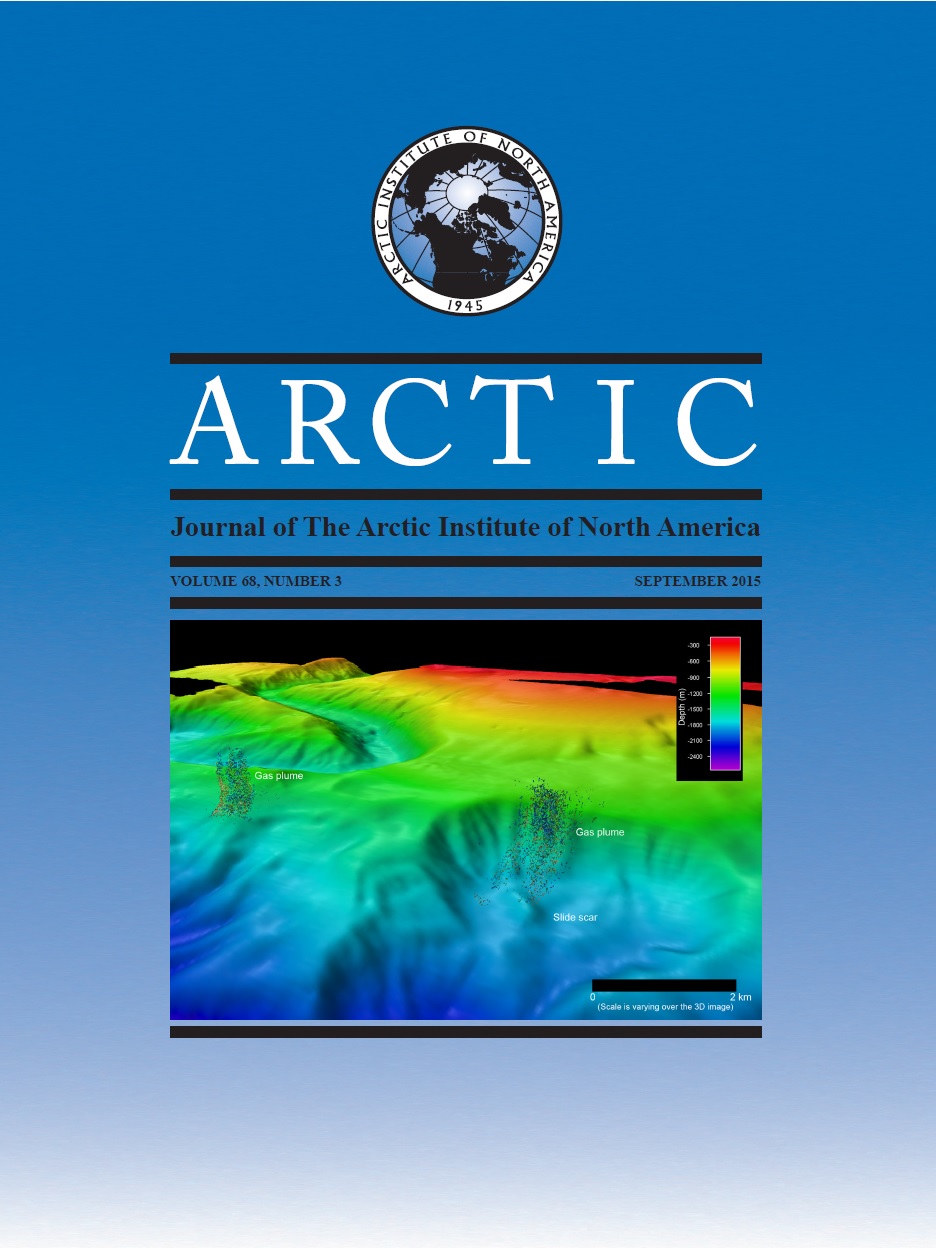The European Plate Observing System and the Arctic
DOI:
https://doi.org/10.14430/arctic4446Keywords:
solid earth, Arctic, EPOS, research infrastructure, seismology, tectonicsAbstract
The European Plate Observing System (EPOS) aims to integrate existing infrastructures in the solid earth sciences into a single infrastructure, enabling earth scientists across Europe to combine, model, and interpret multidisciplinary datasets at different time and length scales. In particular, a primary objective is to integrate existing research infrastructures within the fields of seismology, geodesy, geophysics, geology, rock physics, and volcanology at a pan-European level. The added value of such integration is not visible through individual analyses of data from each research infrastructure; it needs to be understood in a long-term perspective that includes the time when changes implied by current scientific research results are fully realized and their societal impacts have become clear. EPOS is now entering its implementation phase following a four-year preparatory phase during which 18 member countries in Europe contributed more than 250 research infrastructures to the building of this pan-European vision. The Arctic covers a significant portion of the European plate and therefore plays an important part in research on the solid earth in Europe. However, the work environment in the Arctic is challenging. First, most of the European Plate boundary in the Arctic is offshore, and hence, sub-sea networks must be built for solid earth observation. Second, ice covers the Arctic Ocean where the European Plate boundary crosses through the Gakkel Ridge, so innovative technologies are needed to monitor solid earth deformation. Therefore, research collaboration with other disciplines such as physical oceanography, marine acoustics, and geo-biology is necessary. The establishment of efficient research infrastructures suitable for these challenging conditions is essential both to reduce costs and to stimulate multidisciplinary research.


